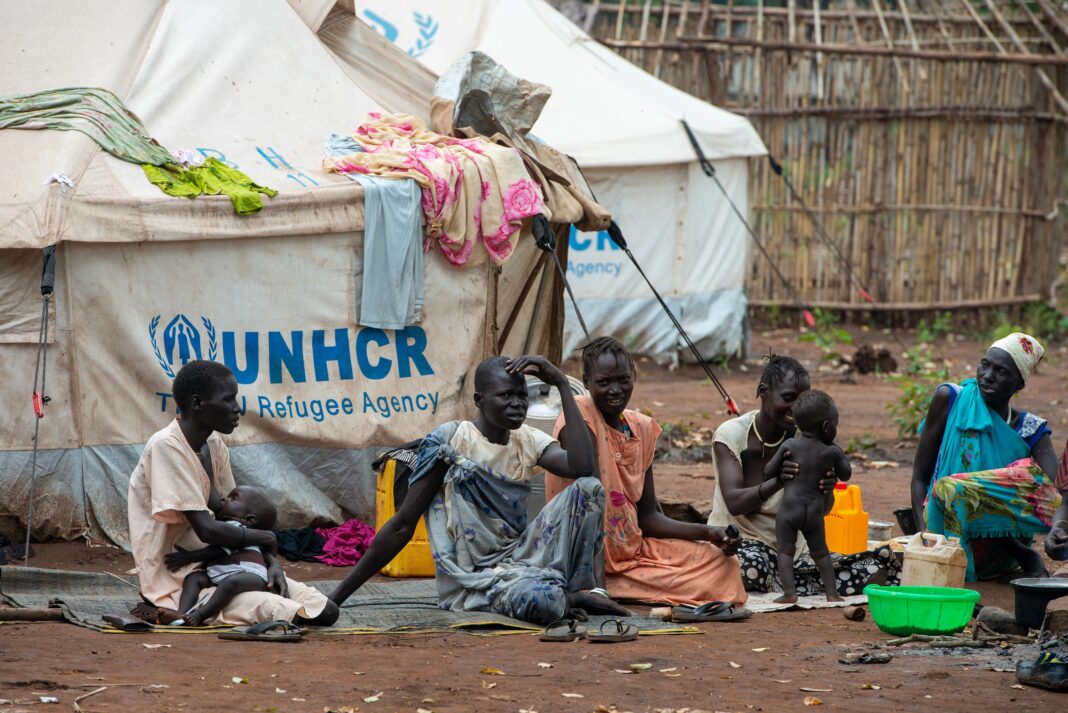by Sarvish Waheed
The ongoing civil war in Sudan, between the Rapid Support Forces (RSF) led by Mohamed Hamdan Dagalo and the Sudanese Armed Force (SAF) led by General Abdul Fattah al-Burhan, inevitably has an impact on neighbouring countries. One notable example is Chad, where 47% of Sudanese refugees have sought shelter.
In the eastern region of Chad, along the border with Darfur, the refugee camps are in dire conditions. Diseases such as yellow fever, meningitis, cholera and dengue fever are widespread, causing unrest and deaths. Overcrowding has forced those fleeing the Sudanese conflict to build precarious and substandard makeshift huts and shelters.
Chad is one of the poorest countries in the world, with more than 40% of its population living below the poverty line, and as a result, its inhabitants suffer from the same needs as refugees: water, food and medical care. The drought and extremely harsh climate in this geographical area do not help to quench the thirst for water that affects the civilian population. People have only a few litres per capita to meet their daily needs. This means that those in need have to drink, wash and cook with the same supply.
The influx of people fleeing the conflict is also having an irreparable impact on education. Sudanese children (along with women) make up the majority of this mass movement across the border. More than 90% of these children used to attend school in Sudan. Now that the civil war has forced the disruption of these routes, Chad faces enormous difficulties in making up the shortfall: there are not enough teachers, classes and facilities.
While the focus is undoubtedly on providing these people with food and basic necessities, it is equally necessary to restore their dignity and ensure fair access to education, despite the intense conflict in Sudan. Many women have been subjected to gender-based violence and rape, requiring the commitment of institutions such as UN High Commissioner for Refugees (UNHCR) and various NGOs on the ground to provide psychological support to those who have suffered egregious abuses, as well as logistical support.
Due to a lack of funds, the World Food Programme has significantly reduced food distribution in the many refugee camps scattered across Chad. The country is surrounded by nations that have at various times faced severe internal crises, including Libya, Niger, Cameroon, Nigeria, the Central African Republic and, of course, Sudan. This staggering influx has made Chad the world’s fifth-largest host country for refugees.
By the end of February 2024, a surge in registrations indicated a growing number of refugees from Sudan, steadily approaching a total of over 500,000. This new influx is intensifying an already precarious situation, exacerbated by the return of Chadians who had previously lived in Sudan.
UNHCR’s primary objective is to relocate refugees from the border and affected regions to safer areas. Some 260,000 people have already been relocated to various sites, while some 160,000 are still waiting to be resettled. Managing future waves is expected to become increasingly challenging due to the limited space, facilities and, most importantly, resources available to deal with the emergency.
On the cover photo, Sudanese people in a UNHCR’s refugee camp ©Richard Juilliart/Shutterstock.com


























